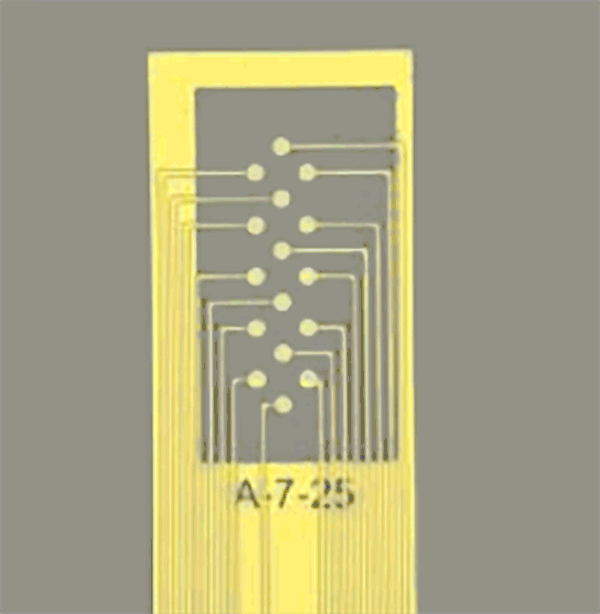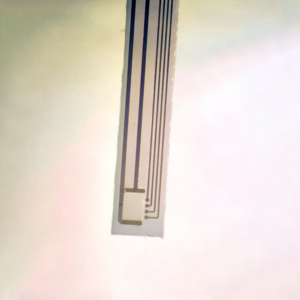PopNeuron LLC Secures NIH Small Business Grant to Revolutionize Neural Spike Sorting
NIH Grant Fuels PopNeuron's Neurotech Breakthrough

The field of optogenetics—using light to control and monitor genetically modified neurons—has transformed neuroscience over the past two decades. Yet the technology still demands tools that can deliver unprecedented precision and flexibility. PopNeuron LLC has answered this call with their groundbreaking sapphire optrode technology, a device poised to transform how researchers investigate neural circuits.
The Challenge of Optogenetic Stimulation and Recording
Optogenetic research presents unique challenges. Brain tissue varies dramatically across different regions, with complex three-dimensional architectures that make targeted stimulation difficult. Traditional optrodes often fall short: they can bend during insertion, limiting precision in targeting specific neural populations. Moreover, combining effective light delivery with high-quality electrophysiological recording in irregular brain geometries has remained a persistent technical hurdle.
Enter the Sapphire Solution
PopNeuron’s innovative approach centers on an unlikely hero: sapphire. This ultra-hard crystalline material, second only to diamond in hardness, provides the perfect substrate for next-generation neural interfaces.
Uncompromising Structural Integrity
The sapphire substrate offers exceptional rigidity and durability, enabling researchers to advance the optrode through brain tissue with surgical precision. Unlike flexible polymer-based probes that can deflect or warp during insertion, sapphire maintains its trajectory with minimal deviation. This is particularly critical when targeting small nuclei or following precise stereotaxic coordinates in developing brains where anatomical landmarks shift as organisms mature.
Omnidirectional Optical Illumination
Perhaps the most elegant feature of PopNeuron’s design is leveraging sapphire’s optical properties. The crystal-clear substrate allows light to propagate in all directions, creating a sphere of illumination directly within the brain tissue. When integrated LEDs activate, they generate intensely bright light that radiates omnidirectionally from the probe site. This uniform light distribution ensures consistent optogenetic activation of surrounding neurons, eliminating the shadowing effects and limited penetration depth that plague fiber optic approaches.
Customizable Architecture for Any Brain Region
No two brain regions are alike, and optogenetic experiments often require targeting specific neural populations in challenging locations. PopNeuron’s sapphire optrodes feature an arbitrary arrangement of recording sites and LED positions, allowing researchers to configure devices tailored to specific experimental needs. Whether investigating the layered cortex, the curved hippocampus, or the deep nuclei of the brainstem—even regions with irregular geometries—the flexible design accommodates virtually any neuroanatomical target.
This customization extends beyond simple linear arrays. Recording sites can be positioned to capture activity from multiple layers simultaneously, while LEDs can be strategically placed to selectively illuminate specific cell populations. For optogenetic studies requiring precise spatial control of photostimulation, this adaptability is invaluable.
Implications for Optogenetic Neuroscience
The combination of mechanical stability, omnidirectional optical stimulation, and geometric flexibility opens new experimental possibilities. Researchers can now:
Looking Forward
PopNeuron LLC’s sapphire optrode represents more than an incremental improvement—it’s a paradigm shift in how we can interrogate neural circuits with light. By thoughtfully engineering every aspect of the device, from material selection to geometric customization, PopNeuron has created a tool that matches the complexity of its biological targets.
As optogenetic research continues revealing the intricate workings of neural circuits, having tools that can keep pace with these discoveries becomes essential. The sapphire optrode ensures that experimental capabilities won’t be the limiting factor in our quest to understand how the brain processes information and generates behavior.
For researchers working at the intersection of optogenetics, electrophysiology, and systems neuroscience, PopNeuron’s innovation couldn’t come at a better time. Neural circuits are ready for their close-up—and now we have the technology to capture and control them in stunning detail.

PopNeuron’s sapphire optrodes will be available for research applications in 2026. To be among the first to know when these revolutionary devices launch, sign up to receive alerts and updates directly from PopNeuron.
Don’t miss your opportunity to be at the forefront of optogenetic neuroscience research. Reserve your place in line today.
For more information about PopNeuron LLC’s sapphire optrode technology, to sign up for availability alerts, or to discuss custom configurations for your research needs, visit their website or contact their scientific team directly.